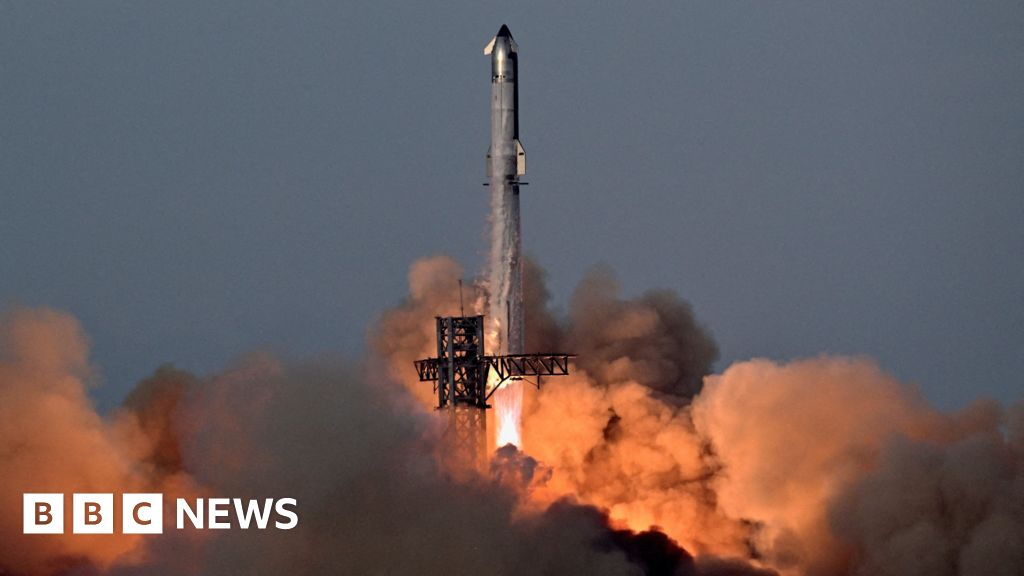Astronaut Shubhanshu Shukla has initiated a groundbreaking journey to the International Space Station (ISS), marking him as the first Indian to accomplish this feat. On Wednesday, Shukla, who holds the rank of Group Captain, embarked on the Axiom-4 (Ax-4) mission, where he pilots a diverse team that includes Peggy Whitson from the U.S., Slawosz Uznanski-Wisniewski from Poland, and Tibor Kapu from Hungary. Shortly after launch, Axiom Space released a video showing the crew weightlessly floating inside their spacecraft, with their two-week stay on the ISS about to commence.
This mission positions Shukla as only the second Indian to traverse outer space, following in the footsteps of Rakesh Sharma, who made history in 1984. The Ax-4 mission lifted off from the iconic Kennedy Space Center in Florida at 02:31 EDT (06:31 GMT, 12:01 IST) on Wednesday, with a planned docking at the ISS expected on Thursday at 07:00 EDT (11:00 GMT, 16:30 IST). A collaboration between NASA, the Indian Space Research Organisation (ISRO), the European Space Agency, and SpaceX, this mission will enable two European astronauts to represent their nations in space for the first time in over 40 years.
During their stay on the ISS, the crew aims to conduct around 60 scientific experiments, including seven led by ISRO, which has invested 5 billion rupees (approximately $59 million) for Shukla’s seat and training. ISRO anticipates that the knowledge and skills acquired by Shukla during this mission will significantly contribute to India's ambitions for a human spaceflight initiative slated for 2027 and their aspirations for a space station by 2035.
In a live session with Axiom Space shortly after the launch, Shukla expressed joy over his initial hours in space, stating, “What a ride! It has been an incredible experience to float in space.” He humorously remarked on acclimating to the new environment and the novelty of experiencing zero gravity.
In keeping with the mission's spirit, a small toy swan named Joy is accompanying the crew, serving as their "zero-G indicator" and representing wisdom amidst distractions. Additionally, Commander Peggy Whitson revealed the name of their spacecraft, Grace, emphasizing the elegance of their journey and the broader humanitarian purpose behind space exploration.
This mission positions Shukla as only the second Indian to traverse outer space, following in the footsteps of Rakesh Sharma, who made history in 1984. The Ax-4 mission lifted off from the iconic Kennedy Space Center in Florida at 02:31 EDT (06:31 GMT, 12:01 IST) on Wednesday, with a planned docking at the ISS expected on Thursday at 07:00 EDT (11:00 GMT, 16:30 IST). A collaboration between NASA, the Indian Space Research Organisation (ISRO), the European Space Agency, and SpaceX, this mission will enable two European astronauts to represent their nations in space for the first time in over 40 years.
During their stay on the ISS, the crew aims to conduct around 60 scientific experiments, including seven led by ISRO, which has invested 5 billion rupees (approximately $59 million) for Shukla’s seat and training. ISRO anticipates that the knowledge and skills acquired by Shukla during this mission will significantly contribute to India's ambitions for a human spaceflight initiative slated for 2027 and their aspirations for a space station by 2035.
In a live session with Axiom Space shortly after the launch, Shukla expressed joy over his initial hours in space, stating, “What a ride! It has been an incredible experience to float in space.” He humorously remarked on acclimating to the new environment and the novelty of experiencing zero gravity.
In keeping with the mission's spirit, a small toy swan named Joy is accompanying the crew, serving as their "zero-G indicator" and representing wisdom amidst distractions. Additionally, Commander Peggy Whitson revealed the name of their spacecraft, Grace, emphasizing the elegance of their journey and the broader humanitarian purpose behind space exploration.


















